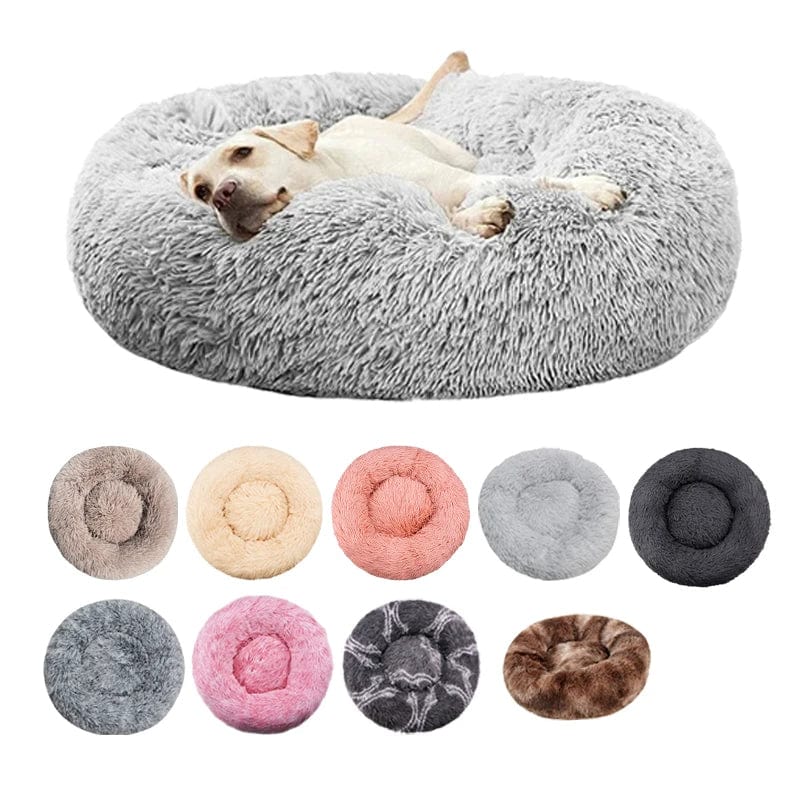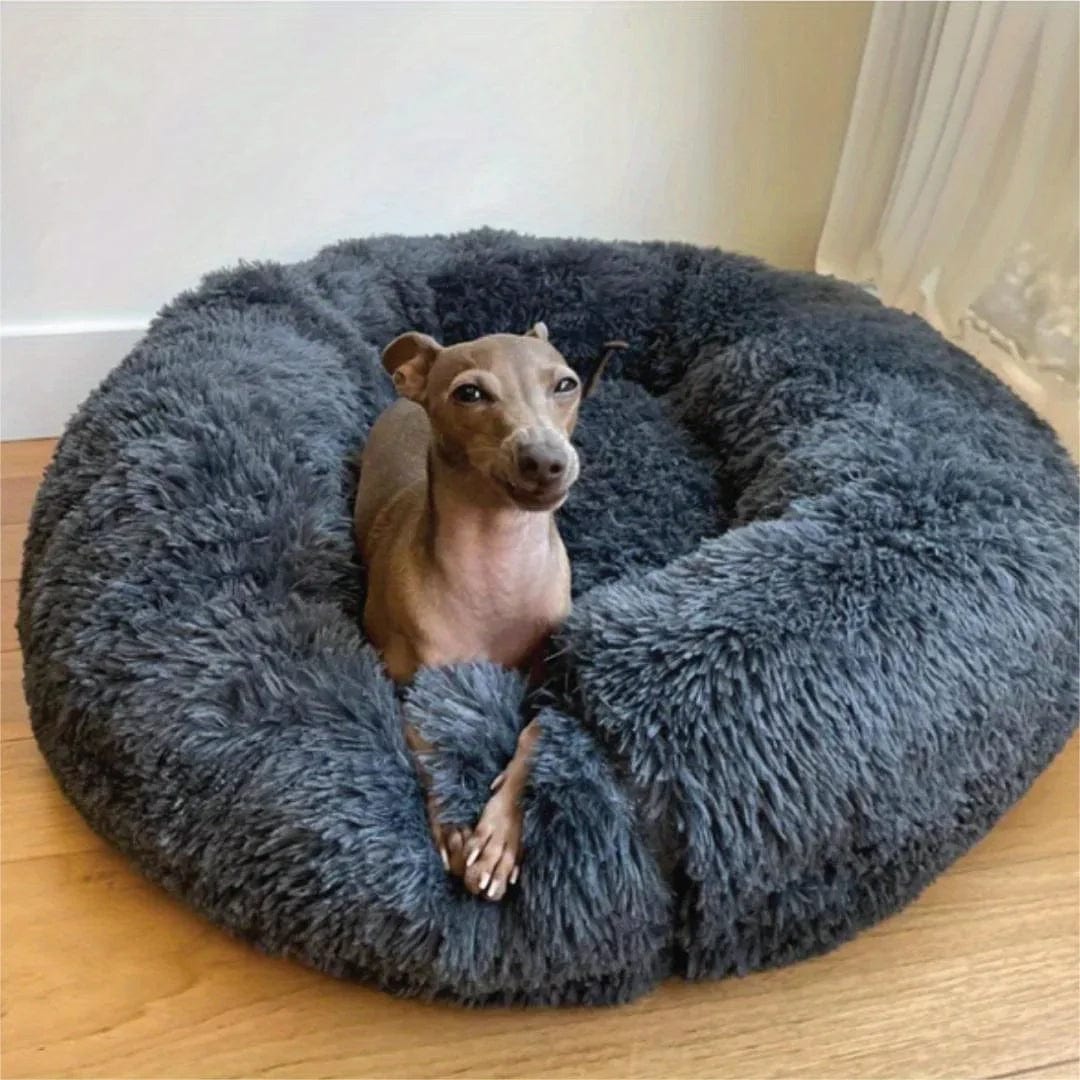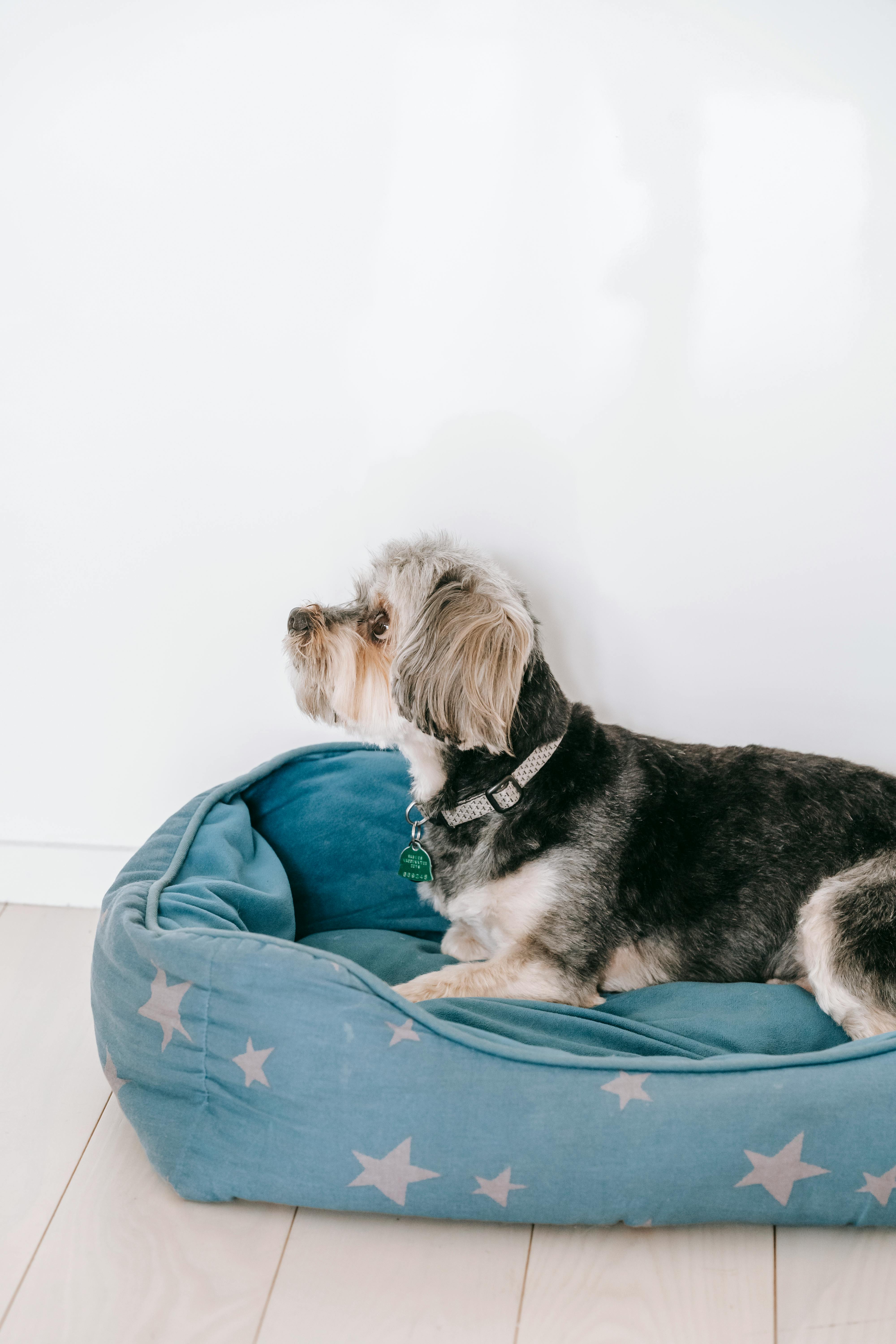Frequently Asked Questions
1. Why is it important to choose the right toy size for my dog?
2. What types of toys are best for small dogs?
3. What should I consider when selecting toys for large dogs?
4. How can I ensure the safety of my dog's toys?
5. When should I replace my dog's toys?
Finding the right toy for your dog can be a rewarding yet challenging task. With so many options available in the market, it can become overwhelming, especially when considering your dog’s size. Toys not only keep your furry friend entertained, but they also support their physical and mental development. This article provides a comprehensive guide on how to choose the right toy for your dog’s size. We will explore different types of toys, safety considerations, and a few fun extras like dog bathrobes for those cozy moments after playtime.
The Importance of Size
Why is size so important when selecting a toy? The size of your dog directly influences their chewing strength, play style, and even their ability to engage with different toys. Here are some important points to consider:
Small Dogs
Small dog breeds, such as Chihuahuas and Dachshunds, will require toys that are not only small in size but also easy for them to handle. Toys that are too big can become cumbersome or even dangerous as they may pose a choking hazard. Look for:
- Lightweight squeaky toys: These can stimulate your dog’s natural instincts while being easy to carry.
- Small plush toys: These are perfect for snuggling and gentle play.
- Interactive toys: Toys that dispense treats can help engage your small dog mentally, ensuring they’re entertained.
Medium Dogs
Medium-sized dog breeds, like Beagles and Cocker Spaniels, require a bit more durable equipment. While they enjoy toys that are soft and cuddly, it’s important to provide them with options that withstand their playfulness. Consider the following:
- Rope toys: These are fantastic for tug-of-war games and promoting dental health.
- Durable rubber toys: A good choice for longer-lasting play sessions, especially if your dog enjoys chewing.
- Fetch toys: Medium dogs love games of fetch, so look for balls or frisbees that are their size.
Large Dogs
Large dog breeds, such as Labrador Retrievers and German Shepherds, need robust toys that can withstand their strength. Toys that are too small will not only be ineffective but can also lead to accidents. Here are some optimal choices:
- Heavy-duty chew toys: These are strong enough to handle aggressive chewers.
- Large balls: Designed for heavy playtime; they also provide great physical exercise.
- Interactive puzzles: Large dogs can benefit from mentally stimulating toys that challenge them.
Safety First
Before settling on a toy, safety should always be a priority. Here are a few important tips to ensure your dog’s playtime is safe:
- Inspect Toys Regularly: Check for signs of wear and tear that could pose risks.
- Avoid Small Parts: Ensure that the toy doesn’t have any small components that can be swallowed.
- Non-toxic Materials: Always look for toys made from safe, non-toxic materials.
Types of Toys for Different Play Styles
Not all toys are created equal, and different dogs have varying play styles. Understanding your dog’s preferences can help you choose the most suitable types of toys:
Chew Toys
Chew toys are essential for all dogs, but especially for those who are avid chewers. They help with teething, keeping dogs engaged, and maintaining oral health. Look for options appropriate for your dog’s size.
Fetch Toys
If your dog loves running and retrieving, fetch toys are a must. Choose ones that are lightweight for small dogs, medium durability for medium dogs, and robust for larger breeds. These toys provide fantastic exercise, especially outdoors.
Interactive Toys
Interactive toys can help keep your dog’s mind sharp. They can come in the form of puzzle feeders or toys that dispense treats. Dogs of all sizes enjoy the challenge and reward. Be sure to find one that matches your dog’s size and intelligence level!
Additional Comfort: The Dog Bathrobe
After a long day of play, your dog deserves some comfort. A dog bathrobe can be an excellent addition to your dog’s wardrobe. While it doesn’t serve as a toy, it helps your dog feel cozy after a wash or long outdoor play. It can prevent chills, particularly for smaller or short-haired breeds.
Understanding Your Dog’s Preferences
Every dog has its unique personality. Pay attention to your dog’s play style to tailor your toy selection accordingly.
Active Play
If your dog is energetic and loves to run around, investing in fetch toys or balls would be ideal. Large dogs tend to thrive with sturdy, heavy-duty toys, while small dogs often appreciate lighter balls that are easier to carry.
Calm Play
If your dog prefers to relax and cuddle, plush toys or soft materials could make them happy. Interactive toys may also suit dogs that enjoy taking their time to solve challenges.
Group Play
For those who have more than one dog or enjoy playdates with other dogs, consider toys that encourage group play, such as large tug ropes or balls that can be tossed around.
Durability and Quality
Choosing high-quality toys is essential for both safety and enjoyment. Cheaper toys may tear easily, leaving behind hazardous pieces. Here’s how you can ensure quality:
- Read Reviews: Customer feedback can provide insights into durability and safety.
- Purchase from Reputable Brands: Well-known brands typically adhere to higher manufacturing standards.
- Choose the Right Materials: Opt for durable options that suit your dog’s chewing habits, such as rubber or natural fibers.
When to Replace Toys
Dogs may love their toys, but they won’t last forever. Here are signs it’s time to replace a toy:
- Frayed edges: Torn toys can pose a choking hazard.
- Exposed stuffing: If stuffing is visible, it’s time to part ways with that toy.
- Unpleasant odors: Toys that get wet or dirty can harbor bacteria, leading to health issues.
Taking Care of Your Dog’s Toys
To ensure the longevity and safety of your dog’s toys, here are some basic care tips:
- Regular Cleaning: Wash toys regularly to remove dirt and bacteria.
- Rotate Toys: Keep your dog interested by rotating different toys every few weeks.
Making Playtime Enriching
Dog toys are more than just playthings; they can significantly impact your dog’s overall well-being. Exploring different types of toys can be a fun journey for both you and your furry friend. By carefully selecting toys suited to your dog’s size and preferences, you lay the foundation for stimulating playtime. Don’t forget to incorporate cozy items like dog bathrobes for those times when snuggling is the order of the day.
Ultimately, investing the time to understand your dog’s needs can lead to a happy, playful, and healthy companion, ensuring that every moment spent together is filled with joy.



